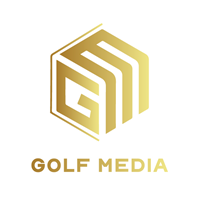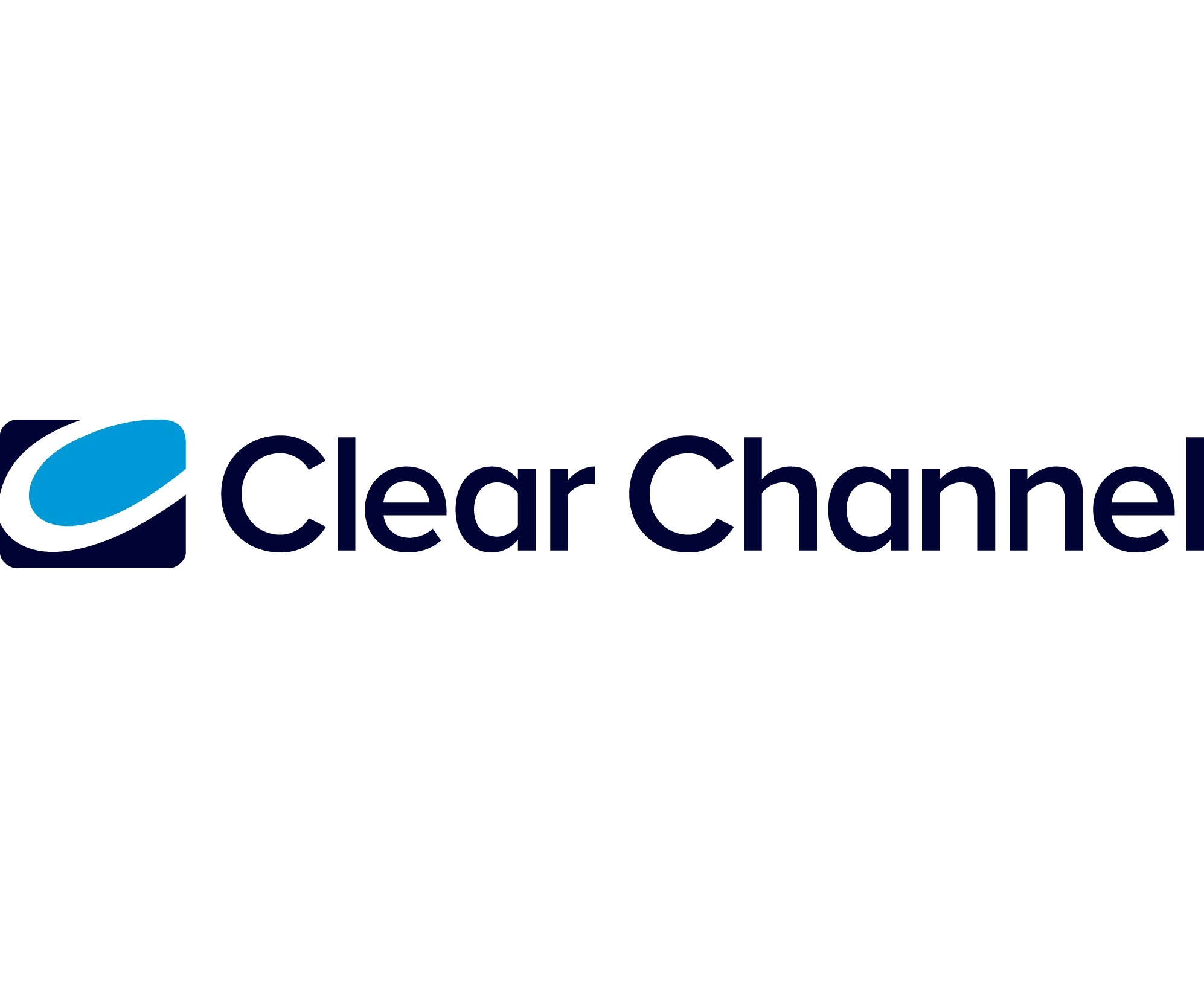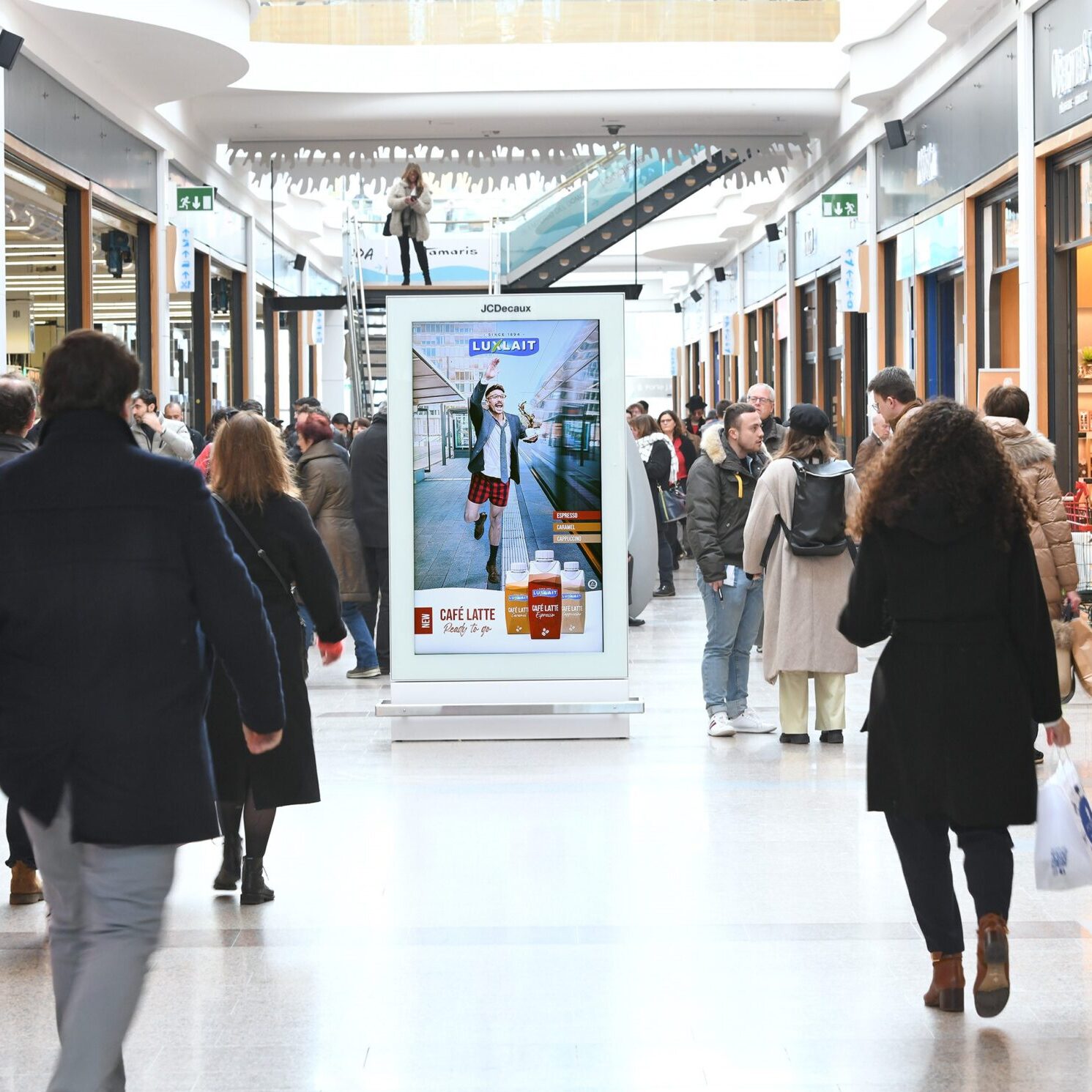Once again, programmatic trading accelerated throughout Europe. Overall, programmatic ad spending increased 16% from 2Q14 to 3Q14, and year-over-year growth topped 200% from 3Q13 to 3Q14. September 2014 saw rapid growth, with spending 233% higher than September 2013.
Though desktop inventory continues to attract the majority of the marketer`s budget (73% in 3Q14), mobile and tablet have once again experienced spectacular growth. From 3Q13 to 3Q14, mobile and tablet spending leapt 591% and 385% respectively.
Spending on rich media increased 161% from 2Q14 to 3Q14, with September driving nearly all of that growth. The breakdown of spending in open ad exchanges vs. private marketplaces remained largely the same.
Programmatic CPMs continue to grow, delivering a 21% increase from 3Q13 to 3Q14. High-yield formats, such as rich media and in-stream video, are largely responsible for the growth, with rich-media ad formats earning prices that are 152% higher than standard banners. Of the ten top-earning banner formats, video banners reign supreme, earning CPMs that are 4x higher than the group`s average, and represent a bright spot for publishers seeking to boost their overall programmatic yields. Not surprisingly, CPMs for inventory in private exchanges are 4x higher than the average CPMs realized in the open exchanges.
We continue to see interesting trends in CPMs by device type. Tablet and mobile inventory earn the highest prices, and are 93% and 22% higher than desktop inventory respectively. CPMs for desktop inventory increased by 18% from 3Q13, most likely due to the proliferation of video and rich-media ad formats. Mobile CPMs decreased by 20% during the same time frame, which may be a result of greater supply and decreasing demand as marketers migrate to tablet campaigns. The real story is the tablet, which saw a 95% increase in CPMs from this time last year. In all likelihood, marketers value tablet campaigns due to the strong combination of high engagement and click-through rates, and a screen size that allows them to leverage high-impact ad formats. Additionally, consumers tend to use their tablets during non-working hours, when they have more time to engage with ads.
In terms of performance, programmatic CTR jumped 27% from 2Q14 to 3Q14, with most of that growth occurring in August. Throughout the year, CTR climb steadily, delivering a Y0Y increase of 30%. CTR is highest on tablets, followed by mobile phones and desktop, and CTR for rich-media banners is 222% higher than it is for standard ones.
Engagement metrics delivered a mixed bag from 2Q14 to 3Q14. For instance, the engagement rate increased by 34% compared no doubt due to the high-impact creatives that rich-media and in-stream video banners can accommodate.
At the same time, engagement time decreased by 3%, though the average engagement time, at 14 seconds, is still quite impressive. Not surprisingly, the engagement rate for rich-media formats is 158% higher than rate for standard ones, although standard banners deliver an average engagement time that`s 7% higher than rich-media banners.
There`s good news in terms of performance for both advertisers and publishers: the cost-per-click (CPC) in 3Q14 is 7% lower than it was in 3Q13. This means that while CPMs are on the rise (benefiting publishers), the advertiser`s cost-per-click is actually decreasing. This is a clear sign that marketers are gaining expertise in executing and optimizing programmatic campaigns.
In terms of conversions, rich-media banners deliver 100% more conversions than all other banner types, with standard rich-media banners generating the highest number of post-click conversions. In some cases, we see an inverse relationship between CTR and conversion, which is probably due to the unique nature of each format type.
Looking across the days of the week, spending and requests still seem to be out of synch with consumer responsiveness, as measured by CTR. CTR escalates 7% on Saturday and Sunday, the days when both spending and requests are at their lowest.
Above-the-fold inventory still offers better value than impressions below it, as measured by CTR and CPC. CPMs for inventory above the fold increased by 6% from 2Q14 to 3Q14, which may be due to the increase in overall spending, and consequently, more competition for impressions. CPMs for impressions bellow-the-fold also increased (7 %). CPC for above-the-fold impressions decreased by 14%; CPC for below-the-fold impressions declined by just 1%.
Read here below the full article.
Source: http://site.adform.com/resources/collateral/whitepapers/




